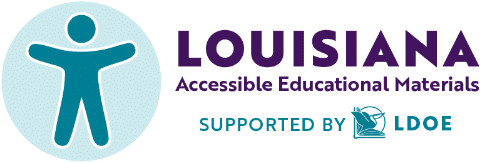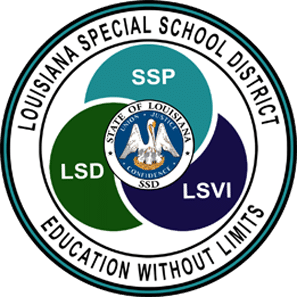Device Acquisition
Acquiring augmentative and alternative communication (AAC) devices for students in schools can follow two primary routes. According to Bulletin 1508, schools are responsible for obtaining any necessary AT, ensuring that students have the tools they need for effective communication.
Alternatively, if parents wish to utilize their insurance to acquire a device, a fully licensed speech-language pathologist (SLP) can conduct and write an AAC evaluation to support this process. This also includes school-based SLPs who meet the requirements of being accredited by ASHA and the state, such as LBESPA in Louisiana.
By understanding these pathways, parents and educators can work collaboratively to secure the appropriate devices that empower students to communicate effectively and thrive in their educational environments.
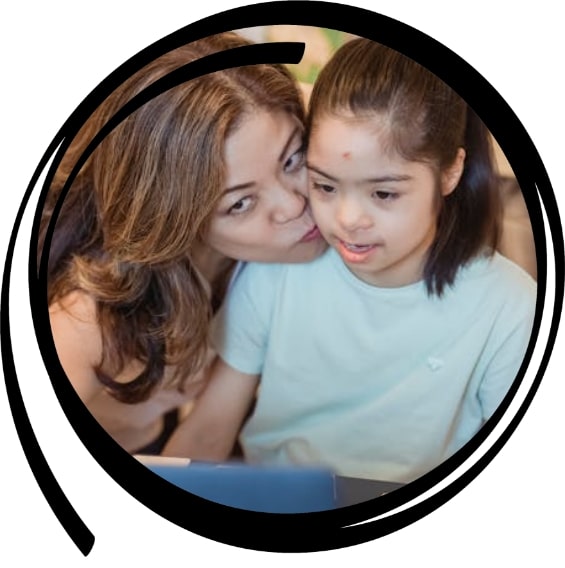
Policy Development
In Louisiana, collaboration between school-based speech-language pathologists (SLPs) and families to acquire AAC devices through insurance has grown in popularity, significantly expediting access to essential communication tools. To support this effort, we’ve included a list of reputable companies and their representatives in Louisiana, helping families connect with device providers.
Evaluation Codes
Here are some resources for SLPs to access evaluation codes. This can be very helpful when obtaining data or conducting an AAC evaluation. Best practice recommends utilizing multiple AAC tools including a variety of apps, to ensure a comprehensive evaluation. It’s important to note that these evaluator codes are strictly for SLPs conducting assessments and should not be used by students as their permanent communication tools.
Support with Speech Generating Devices
When using a speech-generating device (SGD) with a robust language system, it’s essential for individuals with complex communication needs to have access to key components that facilitate effective communication. As Dr. Carole Zangari states in her blog post “PrAACtical Questions: “What Does a Robust AAC System Look Like?” these components include multiple components, multimodal communication, alphabet access, vocabulary access, flexibility in word forms, thoughtful organization, and evolution. Together, these elements create a supportive communication environment that empowers users to express themselves with confidence and clarity.
In a communication plan within an IEP, it’s crucial to outline how a child communicates across all environments and with various communication partners. This comprehensive approach must include strategies for when and if a student is using a speech-generating device (SGD) that is unavailable, broken, or otherwise inaccessible. To ensure continuous communication, having a low-tech backup is essential. Below, you’ll find valuable resources for low-tech backups for SGDs, as well as nonspecific core vocabulary boards that can support communication in diverse contexts. These alternatives help ensure that every child has a reliable means of expressing themselves, no matter the circumstances.
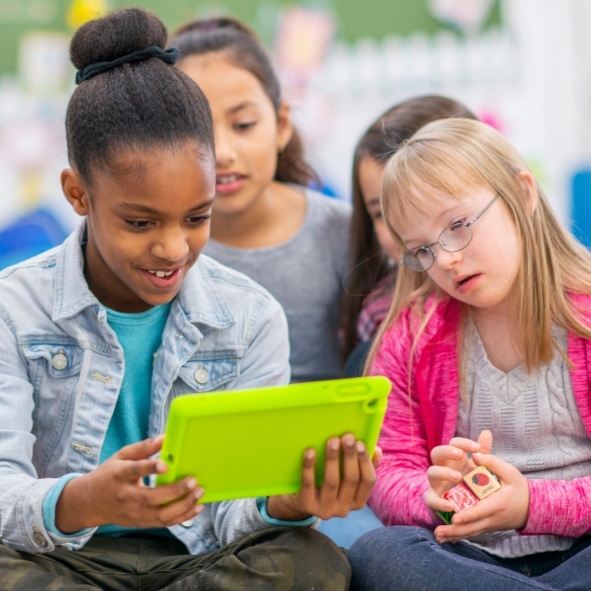
Bilingual AAC Users
Implementing a system that supports multiple languages for bilingual AAC users is an evidence-based practice that significantly enhances communication and connection. Allowing individuals to use their “home language” with family members not only fosters a sense of belonging but also promotes cultural identity and emotional well-being.
By providing access to a bilingual AAC system, we empower users to express themselves fully in both their primary and secondary languages, facilitating meaningful interactions across different environments. This approach recognizes the importance of linguistic diversity and ensures that communication tools reflect the user’s unique language needs, ultimately leading to more effective and inclusive communication experiences.
Policy Development
Navigating through AAC apps can be challenging, but we’re here to help!
We’ve compiled a series of informative videos that provide step-by-step guides on some AAC apps. These resources are designed to help you learn how to effectively use these apps, making the process smoother and more intuitive. Dive in and explore our video collection to enhance your AAC experience!
AAC Resources
In the world of supporting children with complex communication needs, access to quality AAC resources is essential for everyone involved—speech-language pathologists, teachers, parents, and related service providers alike.
These resources serve as invaluable tools to foster effective communication and ensure that every child has a voice. Here, we’re dedicated to providing you with the latest insights, strategies, and support to help you navigate the AAC landscape.
Whether you’re seeking practical tips or innovative techniques, our collection of resources is designed to empower you on this journey, guiding you toward success in facilitating meaningful communication for the children in your care. Together, we can make a profound impact!
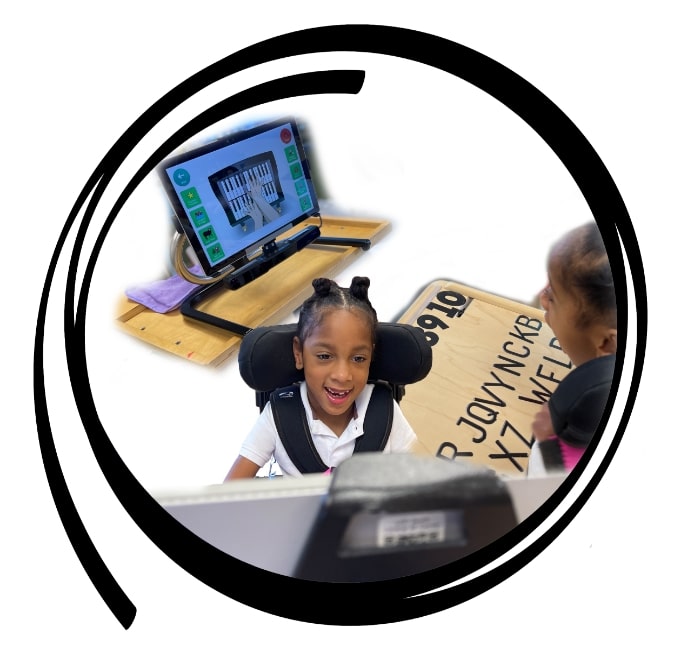
Core Word of the Week Resources
Communication Bill of Rights
Stepping into AAC
FREE and FANTASTIC resource for new families, staff and SLPs to AAC: https://www.angelman.org/stepping-into-aac/
AAC Case
Have you been searching EVERYWHERE for an AAC case with the whole “kit and caboodle”? What do we mean by that? An AAC case that is: Durable, Kickstand, External speaker, Handle, and Strap. Check out the TD Speech case by Tobii Dynavox. The only hold back is that it only fits 7th, 8th, and 9th generation iPads and an iPad mini 6.
AAC Goals
Looking for AAC goals? There’s an app for that! And it’s FREE! Tobii Dynavox’s Pathways for Core First app has a whole section dedicated to setting AAC goals.
Free CEUs in AAC
Free Visuals
AAC News and Updates
We celebrate the ever-evolving landscape of Augmentative and Alternative Communication (AAC)! This dynamic field is constantly transforming, driven by advancements in technology and a deeper understanding of communication needs. Here, we’ll share innovative announcements and valuable new resources designed to enhance AAC practices and empower users. From cutting-edge apps to breakthrough research, our aim is to keep you informed and inspired. Join us on this journey as we explore the latest trends and tools that are shaping the future of communication for individuals of all abilities!
